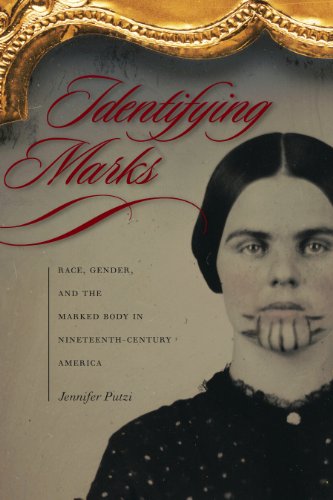

Most ebook files are in PDF format, so you can easily read them using various software such as Foxit Reader or directly on the Google Chrome browser.
Some ebook files are released by publishers in other formats such as .awz, .mobi, .epub, .fb2, etc. You may need to install specific software to read these formats on mobile/PC, such as Calibre.
Please read the tutorial at this link: https://ebookbell.com/faq
We offer FREE conversion to the popular formats you request; however, this may take some time. Therefore, right after payment, please email us, and we will try to provide the service as quickly as possible.
For some exceptional file formats or broken links (if any), please refrain from opening any disputes. Instead, email us first, and we will try to assist within a maximum of 6 hours.
EbookBell Team

5.0
100 reviewsWhat we know of the marked body in nineteenth-century American literature and culture often begins with The Scarlet Letter's Hester Prynne and ends with Moby Dick's Queequeg. This study looks at the presence of marked men and women in a more challenging array of canonical and lesser-known works, including exploration narratives, romances, and frontier novels. Jennifer Putzi shows how tattoos, scars, and brands can function both as stigma and as emblem of healing and survival, thus blurring the borderline between the biological and social, the corporeal and spiritual.
Examining such texts as Typee, Uncle Tom's Cabin, Captivity of the Oatman Girls, The Morgesons, Iola Leroy, and Contending Forces, Putzi relates the representation of the marked body to significant events, beliefs, or cultural shifts, including tattooing and captivity, romantic love, the patriarchal family, and abolition and slavery. Her particular focus is on both men and women of color, as well as white women-in other words, bodies that did not signify personhood in the nineteenth century and thus by their very nature were grotesque. Complicating the discourse on agency, power, and identity, these texts reveal a surprisingly complex array of representations of and responses to the marked body―some that are a product of essentialist thinking about race and gender identities and some that complicate, critique, or even rebel against conventional thought.